
Nonviolence vs. Jim Crow
Primary Document by Bayard Rustin
This essay, based on an experience Rustin had in 1942, is one example of the countless challenges to Jim Crow and the use of non-violence as a tactic that predate the traditional 1954 start date for the Civil Rights Movement.
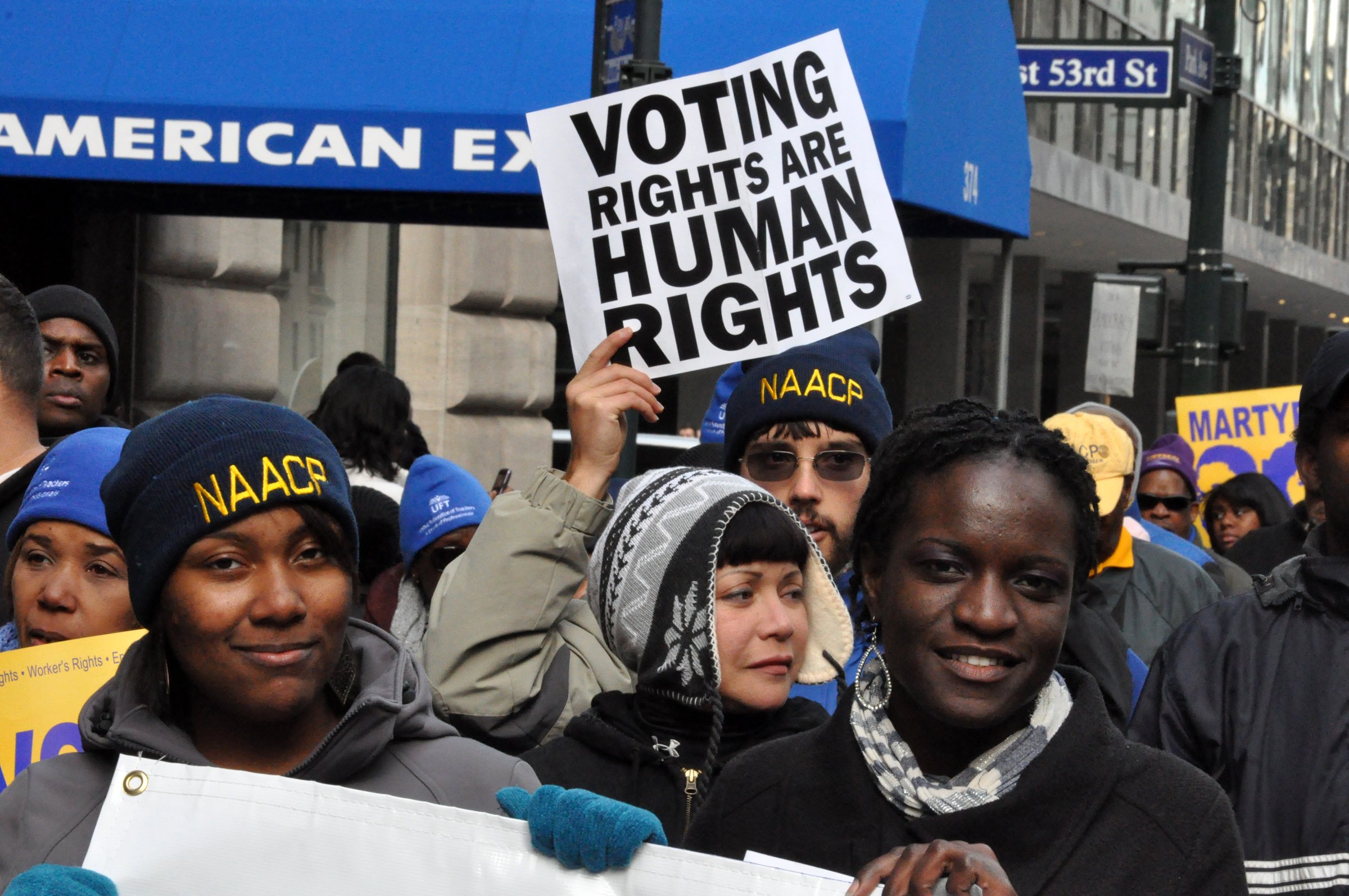
Who Gets to Vote? Teaching About the Struggle for Voting Rights in the United States
Lesson by Ursula Wolfe-Rocca
Unit with three lessons on voting rights, including the history of the struggle against voter suppression in the United States.

Freedom's Children: An Oral History Unit on the Civil Rights Movement
Lesson by Laurel R. Singleton
A lesson to help children understand the racism faced by African Americans during the Civil Rights Movement and recognize that young people can help bring about social change by reading and discussing the interviews in Freedoms' Children: Young Civil Rights Activists Tell Their Own Stories.
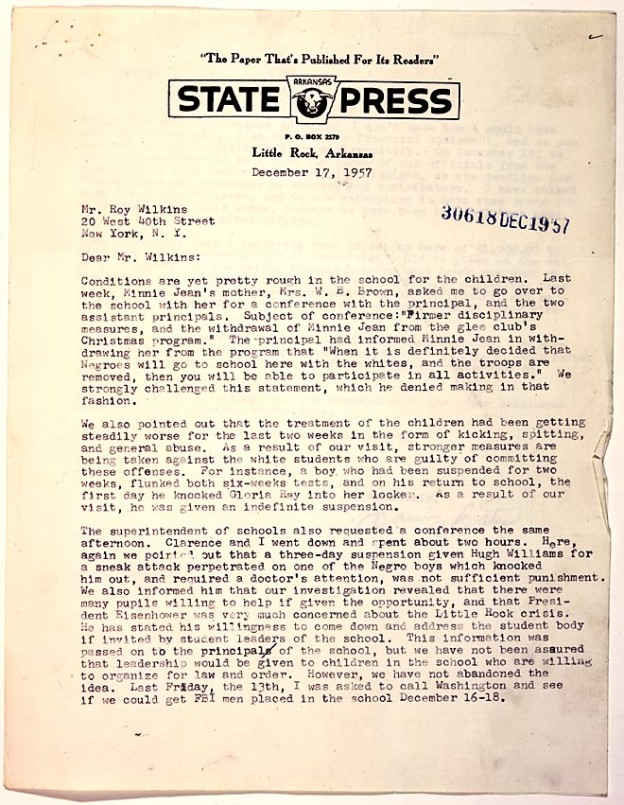
My Students Convinced Me to Let Go of Old School Teaching
Teaching Reflection by Susan Nail
A teacher reflects on incorporating primary documents and group work into her teaching.

Mississippi Burning Is Still Burning: A Critical Film Review
Reading by Judy Richardson
A critical review of the film Mississippi Burning, which characterizes the local African American community as passive victims of racist violence and lifts the role of the FBI to heroic proportions.
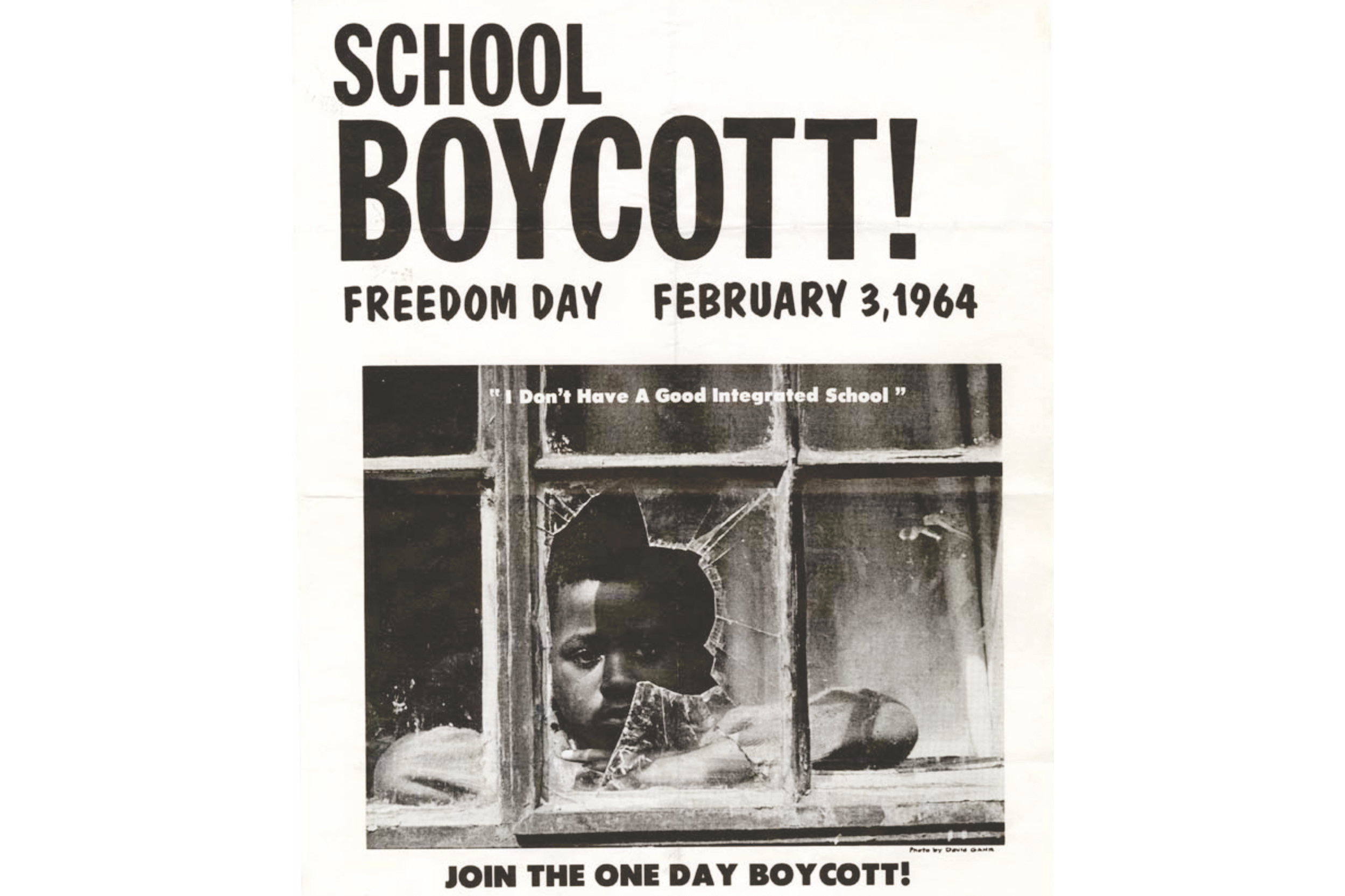
Teaching the 1964 New York City School Boycott
Teaching Reflection by Adam Sanchez
The largest civil rights protest wasn’t in the South, it was in New York City in 1964 when hundreds of thousands of students stayed home to protest school segregation. Here’s how today’s students reacted to a lesson about this historic boycott.
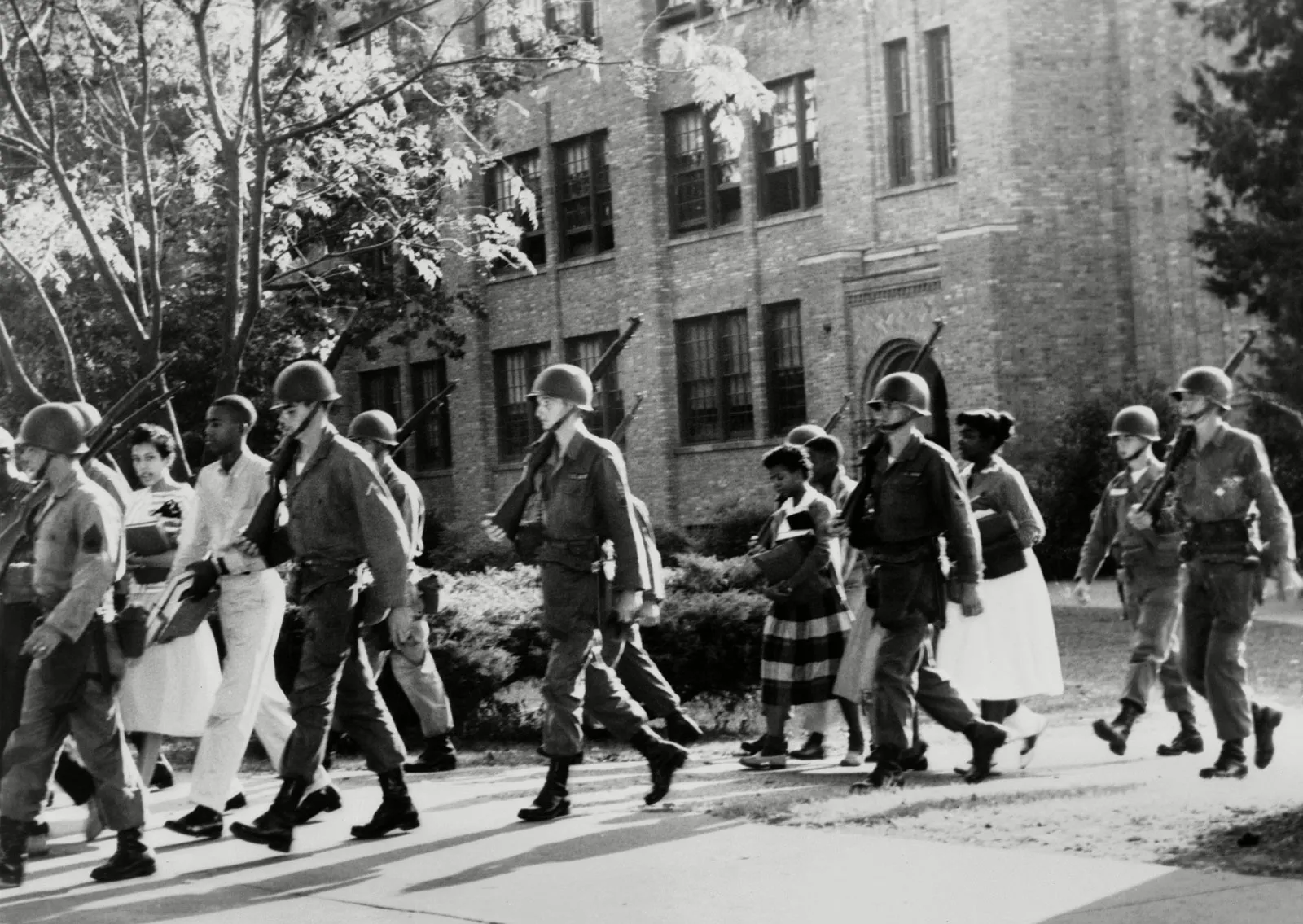
Warriors Don’t Cry: Connecting History, Literature, and Our Lives
Lesson by Linda Christensen
A unit designed to help students practice behaving as allies. Students read Warriors Don’t Cry: A Searing Memoir of the Battle to Integrate Little Rock’s Senior High, then create and act out scenes from their own experiences where people act as allies, victims, perpetrators, and witnesses.
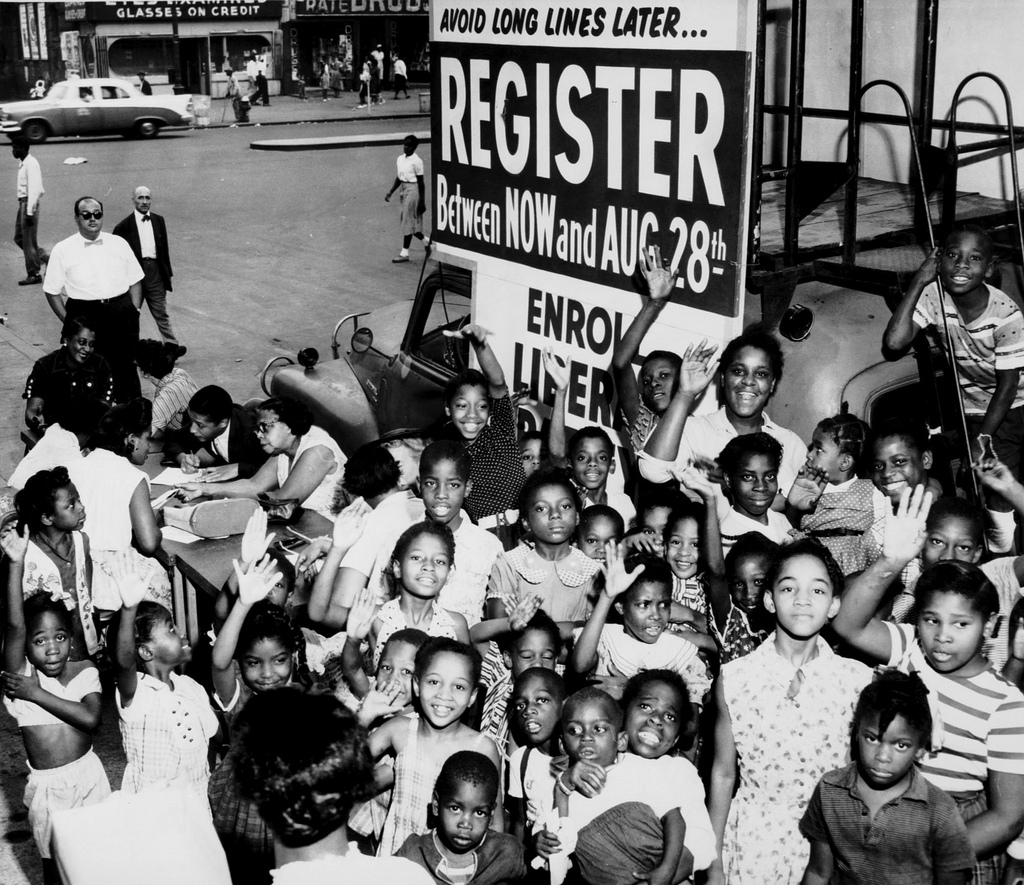
Voting Rights Act: Beyond the Headlines
Reading by Emilye Crosby and Judy Richardson
Key points missing from most textbooks about the Voting Rights Act. Many textbooks approach the history of this important legislation through a top-down lens that gives most of the credit to President Lyndon Johnson, along with Dr. Martin Luther King Jr., but the VRA came into being through intensive organizing and activism spearheaded by the Black community.
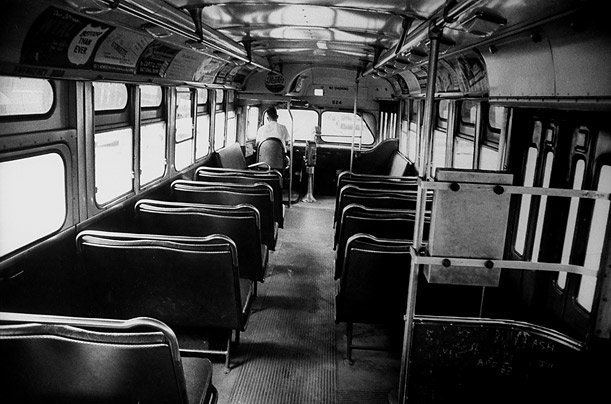
Teaching the Montgomery Bus Boycott
Reading by Teaching for Change
Students learn that Rosa Parks refused to give up her seat in Montgomery, the buses were desegregated, and the Civil Rights Movement was launched. The disconnect between Parks’ arrest and the 381-day boycott creates the illusion that it was a spontaneous response to her civil disobedience. This, however, discounts the strategic brilliance and courage of the African American community in Montgomery.
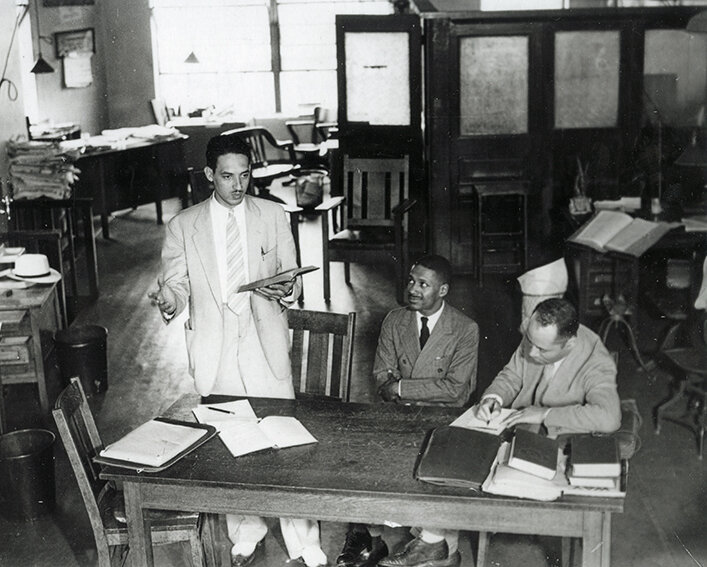
Desegregation Court Cases Before and After Brown v. Board of Education
Reading from the Brown Foundation or Educational Equity, Excellence, and Research with additions from Teaching for Change
Selected school desegregation court cases before and after Brown v. Board of Education 1849-1969.
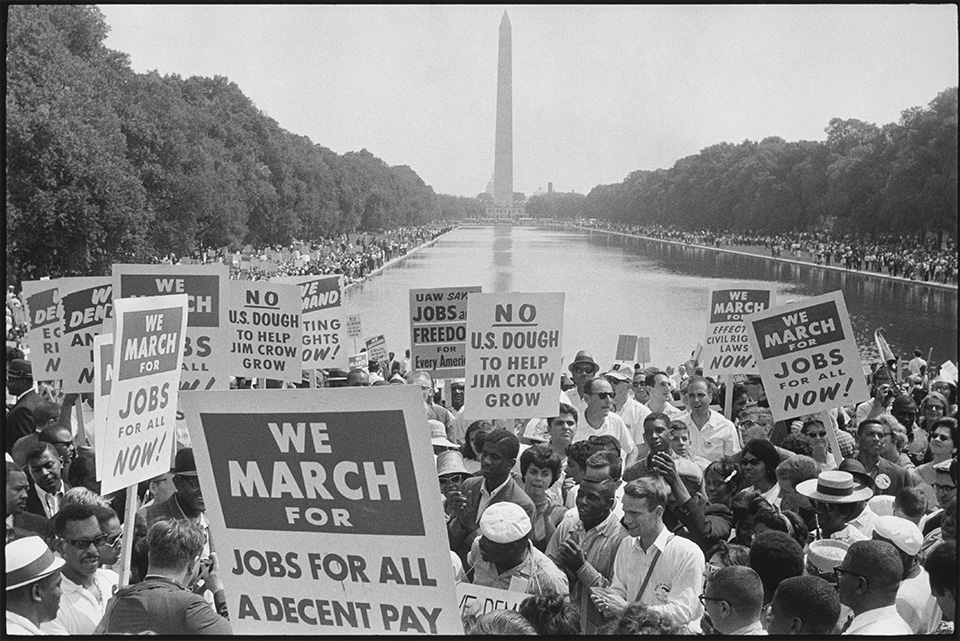
The Unknown Origins of the March on Washington: Civil Rights Politics and the Black Working Class
Reading by William P. Jones
“The very decade which has witnessed the decline of legal Jim Crow has also seen the rise of de facto segregation in our most fundamental socioeconomic institutions,” veteran civil rights activist Bayard Rustin wrote in 1965. The March on Washington addressed the economic crisis facing working-class African Americans more effectively than any other mobilization since the Second World War.
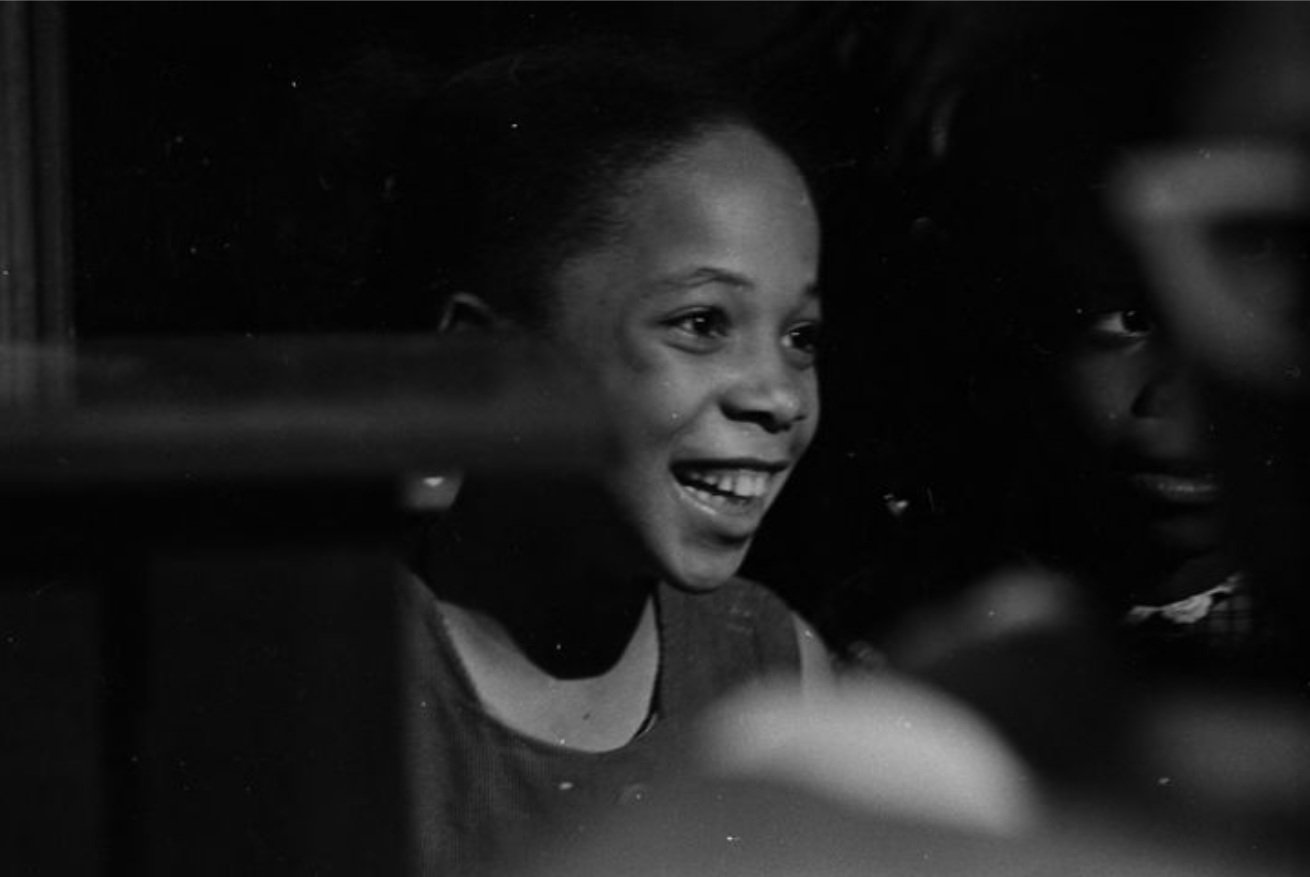
Sheyann Webb: A Story for First Grade
Reading by Maggie Donovan
First-grade teacher and SNCC veteran Maggie Donovan wrote this story about Sheyann Webb to introduce her students to the role of young people (like themselves) in the Civil Rights Movement.
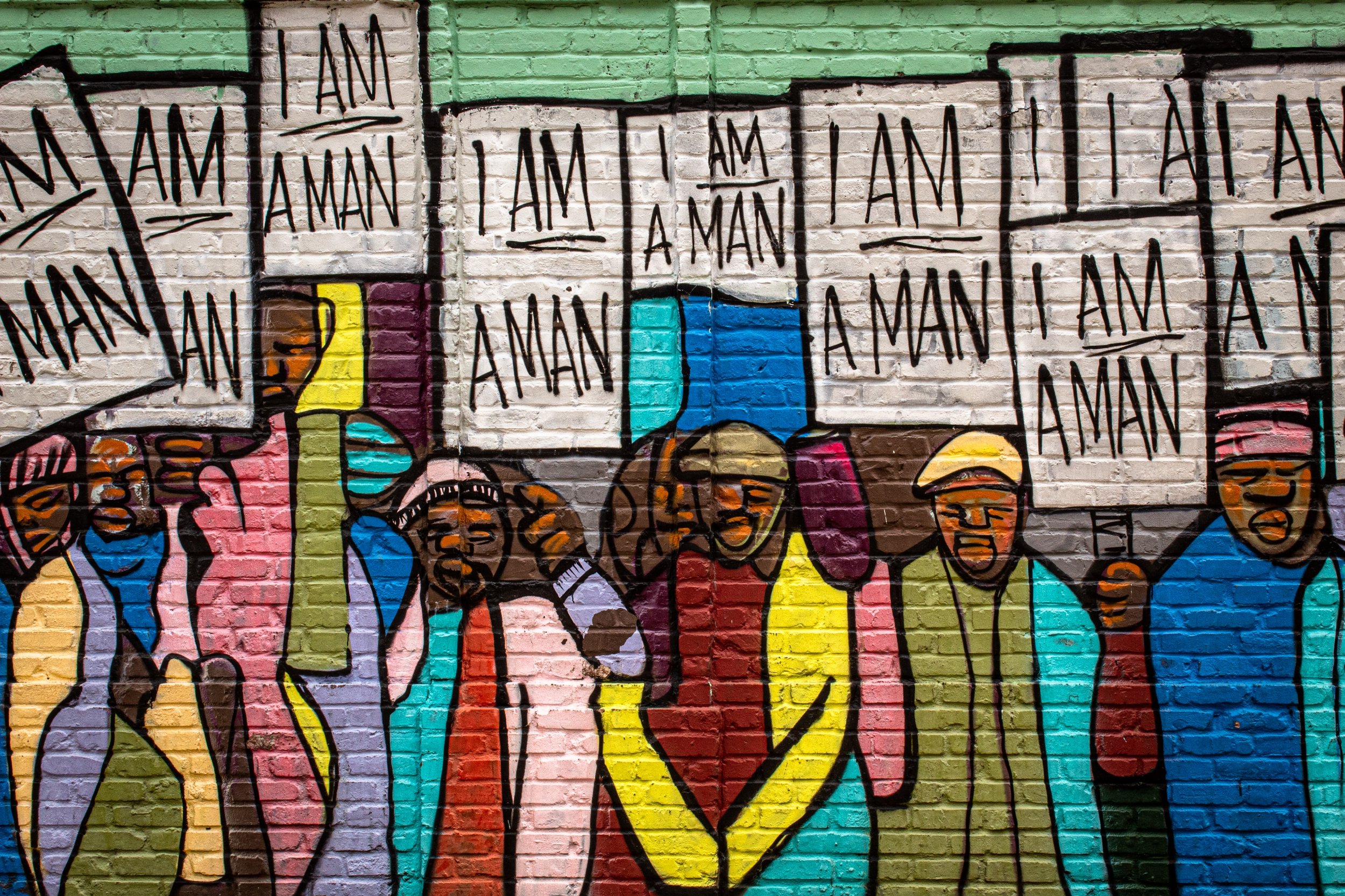
Remembering the Memphis Sanitation Workers’ Strike: A Collaborative Mural
Lesson by Patty Bode and Stephanie Schmidt
An art lesson designed to introduce the complexity and role of ordinary people in the Civil Rights Movement. The addendum provides a practical guide to drawing images of people for murals.
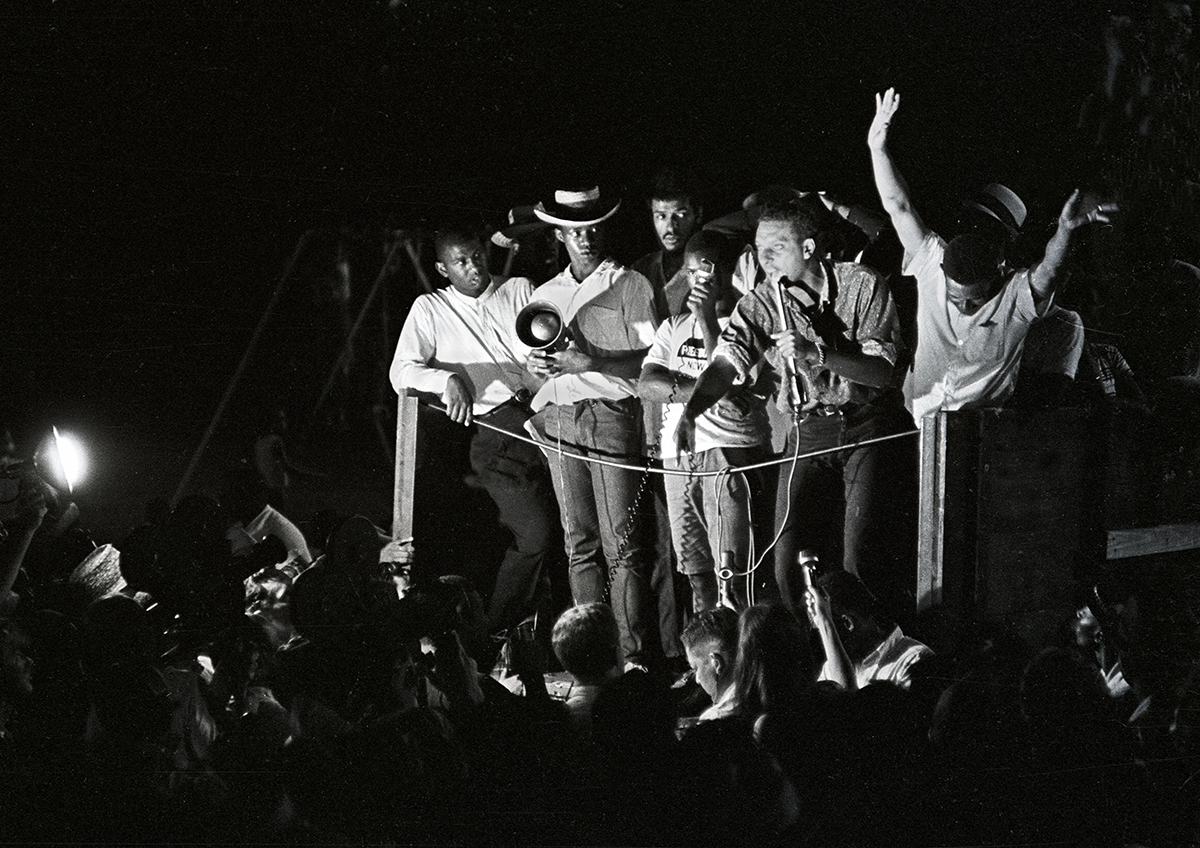
What We Want
Primary Document By Kwame Ture (Stokely Carmichael)
Separatism−the determination of a particular group of people to resist assimilating to the majority culture−has a long history in the United States. This excerpt from the “What We Want” speech offers a rationale for the notion of an independent Black community.

Stepping into Selma: Voting Rights History and Legacy Today
Lesson by Deborah Menkart
This lesson invites students to step into the long history of the freedom struggle in Selma, introducing them to people, turning points, and issues.

Children's March History Dilemma
Lesson by Chris Seeger
In this lesson, students consider whether they would join fellow Black students in protest in 1963 Birmingham, Alabama, even if they are guaranteed to be arrested?
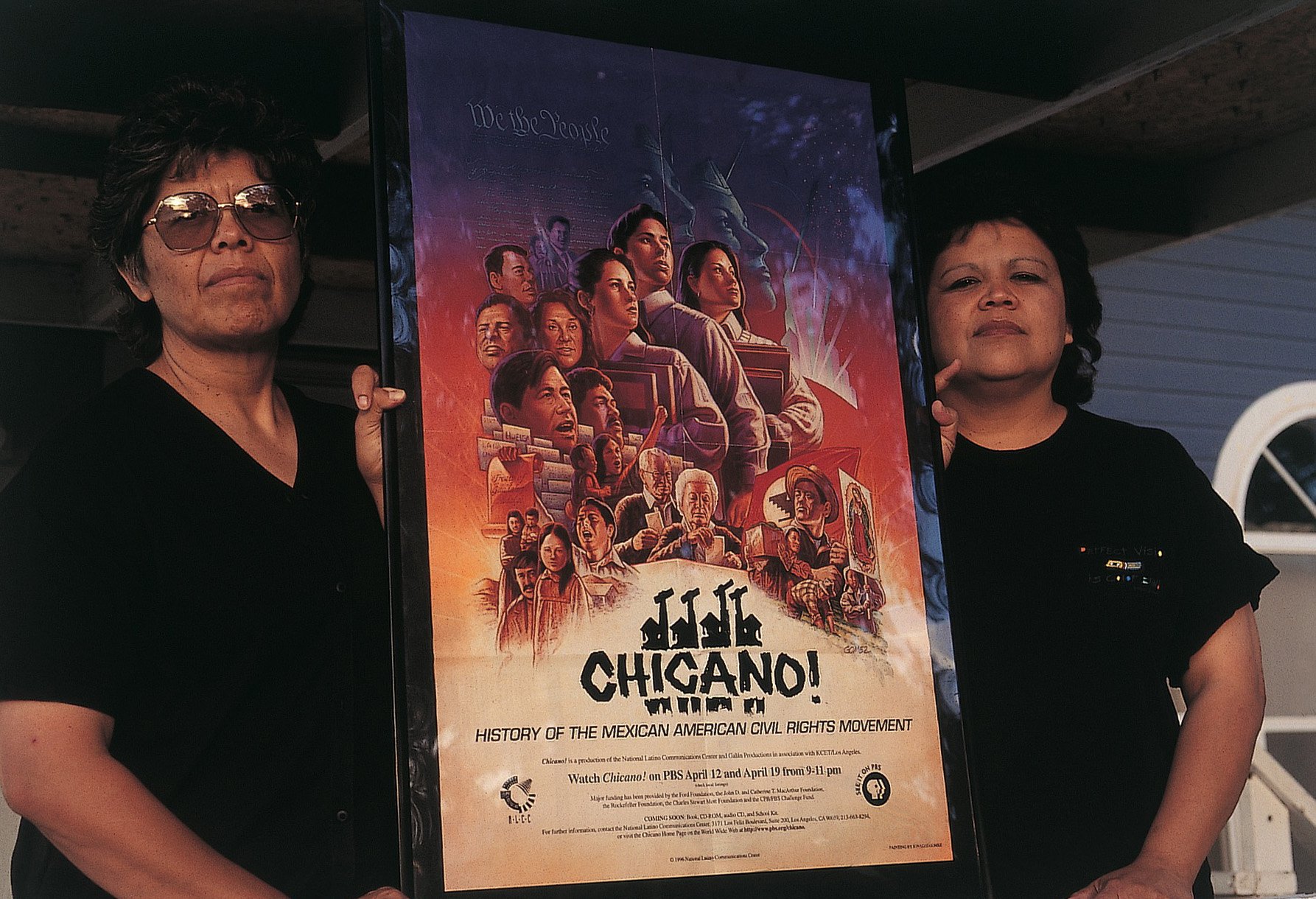
Sisters in Arms
Reading by David Hill
Two teachers, Nadine and Patsy Cordova, came under fire for teaching truthfully in New Mexico about Mexican-American history.
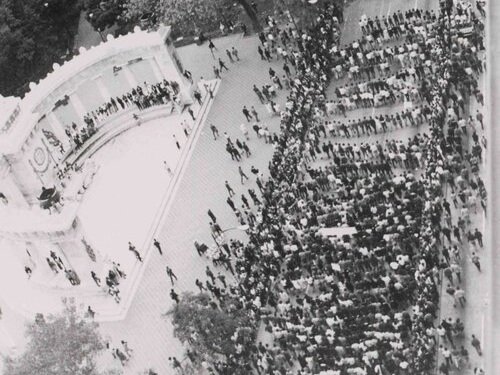
Students Confront the Government: The Massacre at Tlatelolco
Lesson by Resource Center of the Americas
A lesson on the Mexican student movement and the October 1968 massacre of hundreds of students.

Southern Tenant Farmworkers: Black and White Unite?
Lesson By Bill Bigelow
This lesson examines efforts by Black and white workers to overcome the deep divisions and suspicions of racial antagonism in 1934 Arkansas. Students are faced with a “What would you do?” assignment that helps them understand many of the difficulties in achieving some degree of racial unity. At the same time, they realize the importance of confronting and overcoming racist attitudes.
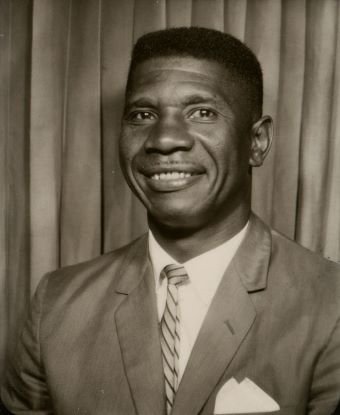
Meet Medgar Evers: Introduction to the Southern Freedom Movement
Lesson by Deborah Menkart and Jenice L. View
Medgar Wiley Evers was one of Mississippi’s most impassioned activists, orators, and visionaries for equality and against brutality. This is an interactive lesson to introduce students to his work and inspire them to learn more.
